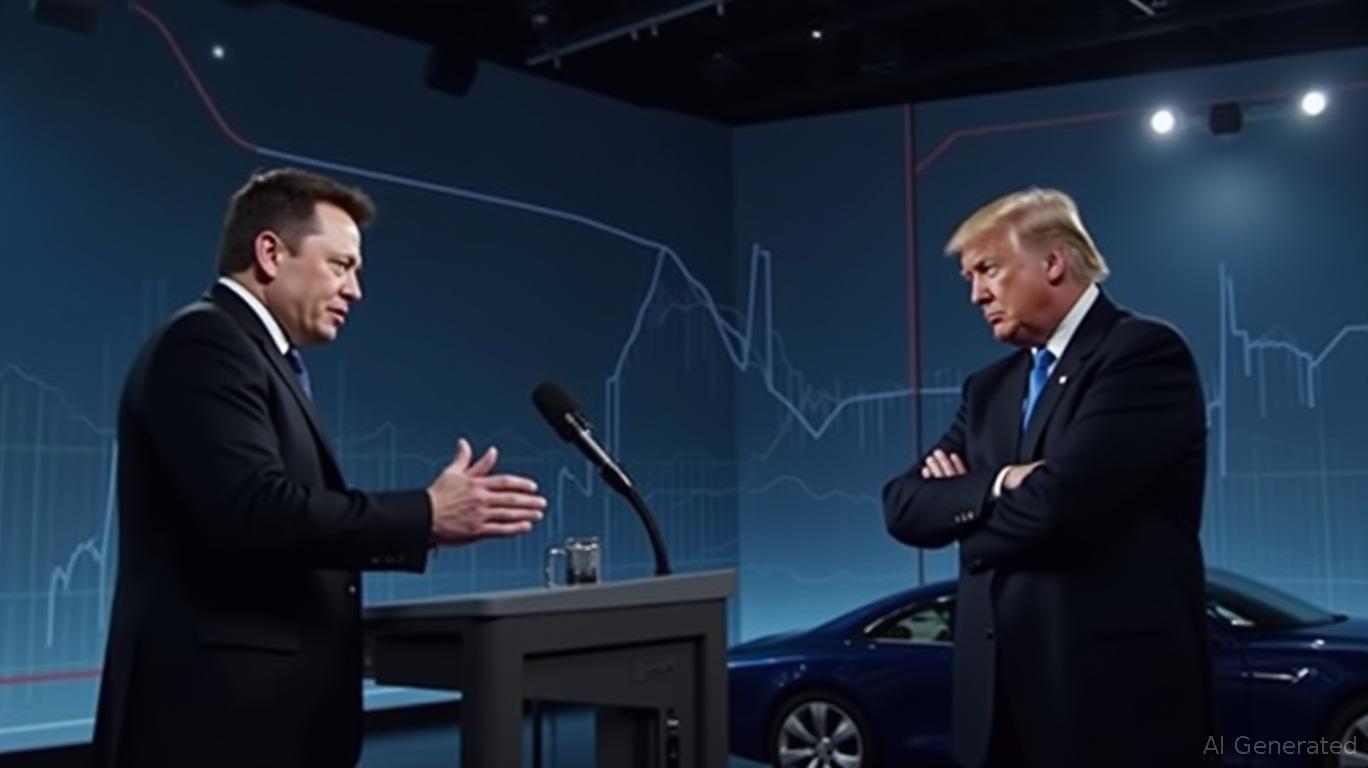WAB.US: Navigating Executive Sales Amid Technical Bullishness
Westinghouse Air Brake Technologies (WAB.US) has drawn investor attention following the filing of a Form 144 by company executives, who intend to sell 68,800 shares valued at approximately $12.94 million. While insider selling often raises eyebrows, the stock’s technical indicators and market outlook present a nuanced picture. Let’s dissect the implications of this move within the broader context of WAB’s valuation, volatility, and strategic positioning in the rail industry.
The Executive Sale: Cause for Concern or Routine Activity?
Form 144 filings allow insiders to sell restricted securities, a common practice for liquidity needs or portfolio rebalancing. The proposed sale of ~3.5% of WAB’s outstanding shares (based on current float) signals executives’ confidence in the stock’s long-term value, as they are not dumping but selling a portion of their holdings. However, the timing—amid a stock price dip to $172–183 on May 3, 2025 (down from January’s all-time high of $209.59)—could amplify market skepticism. Investors must weigh whether this reflects strategic capital allocation or a sign of weakening confidence.

Technical Analysis: Bullish Signals Amid Short-Term Volatility
The stock’s technical indicators paint an optimistic picture. As of May 2, 2025, 100% of daily moving averages (SMA and EMA) across all periods issued “BUY” signals, while weekly averages like the SMA 50 ($179.35) and EMA 100 ($183.95) suggest upward momentum. The 1-month forecast of $193.98 (+1.27% ROI) aligns with a bullish sentiment, despite short-term dips predicted for May 3–7.
Market Outlook: Cyclical Strength and Long-Term Catalysts
WAB’s position as a leader in rail signaling, braking, and safety systems positions it to benefit from North America’s rail renaissance. The $166.61 potential profit on a $1,000 investment over six months (16.66% ROI) underscores the market’s confidence in its dominance. Even with the recent dip, the stock’s year-to-date average of $187.25 reflects resilience.
The rail sector’s recovery, driven by freight demand and infrastructure spending, offers tailwinds. WAB’s dividend history—$0.20/share quarterly since 2024—also bolsters investor appeal, though no dividend is slated for May.
Balancing the Risks
While the technicals are bullish, short-term volatility is inevitable. The May 3 close of $172.59–183.58 fell below key support levels, and the 5-day forecast predicts further dips to $181.16, which could test investor resolve. However, the monthly average price target of $187.50 suggests a rebound.
Conclusion: A Buying Opportunity for the Patient
The executive sale alone does not warrant panic. WAB’s technical strength, cyclical rail tailwinds, and 16.66% annualized ROI potential outweigh near-term volatility. Investors should focus on:
1. Execution of long-term contracts in rail infrastructure.
2. Volume trends: The May 3 trading volume of ~1.2 million shares signals liquidity, but sustained volume above 800,000 could indicate bullish conviction.
3. Price recovery to $190+, which would reaffirm the technical buy signals.
While the Form 144 filing may spook short-term traders, the data points to WAB as a hold-to-buy for those with a 6–12-month horizon. The stock’s $209.59 all-time high remains a psychological ceiling, but with $181.16 as the May floor, the risk-reward ratio tilts favorably for disciplined investors.
In sum, WAB’s fundamentals and technicals suggest that this dip is a tactical opportunity—not a terminal warning.










